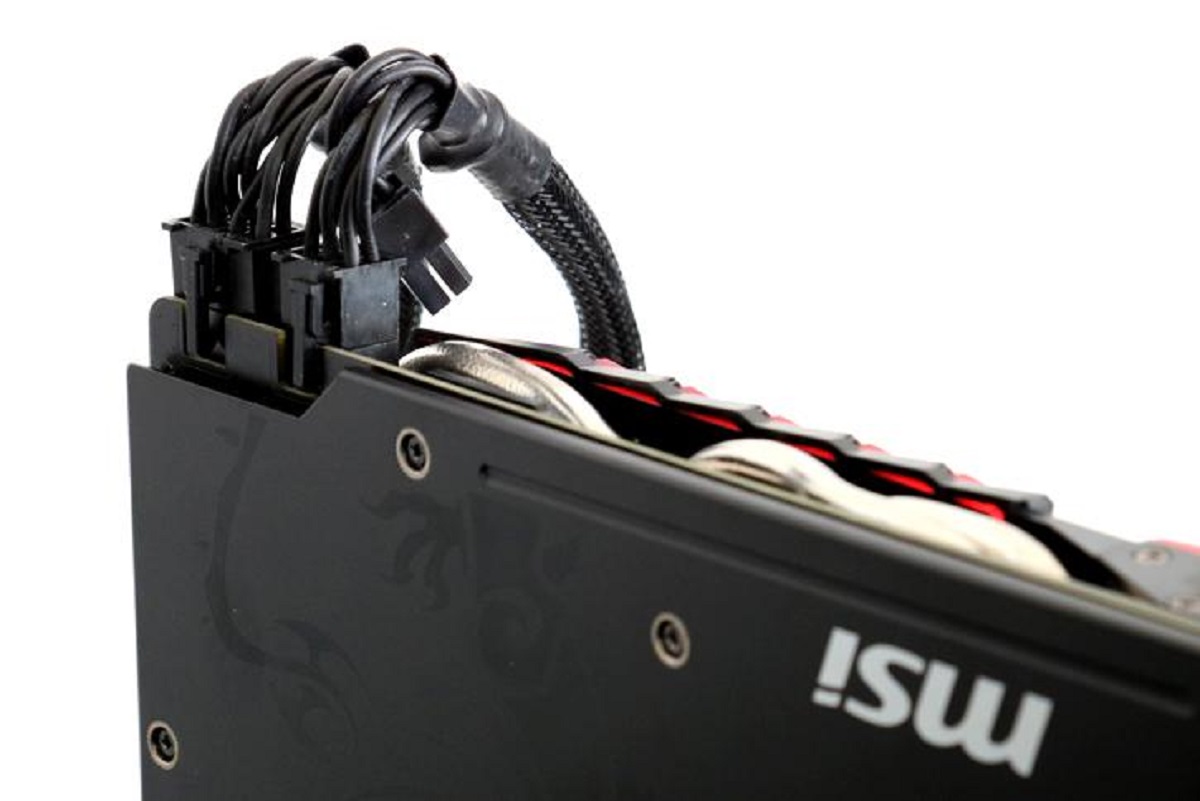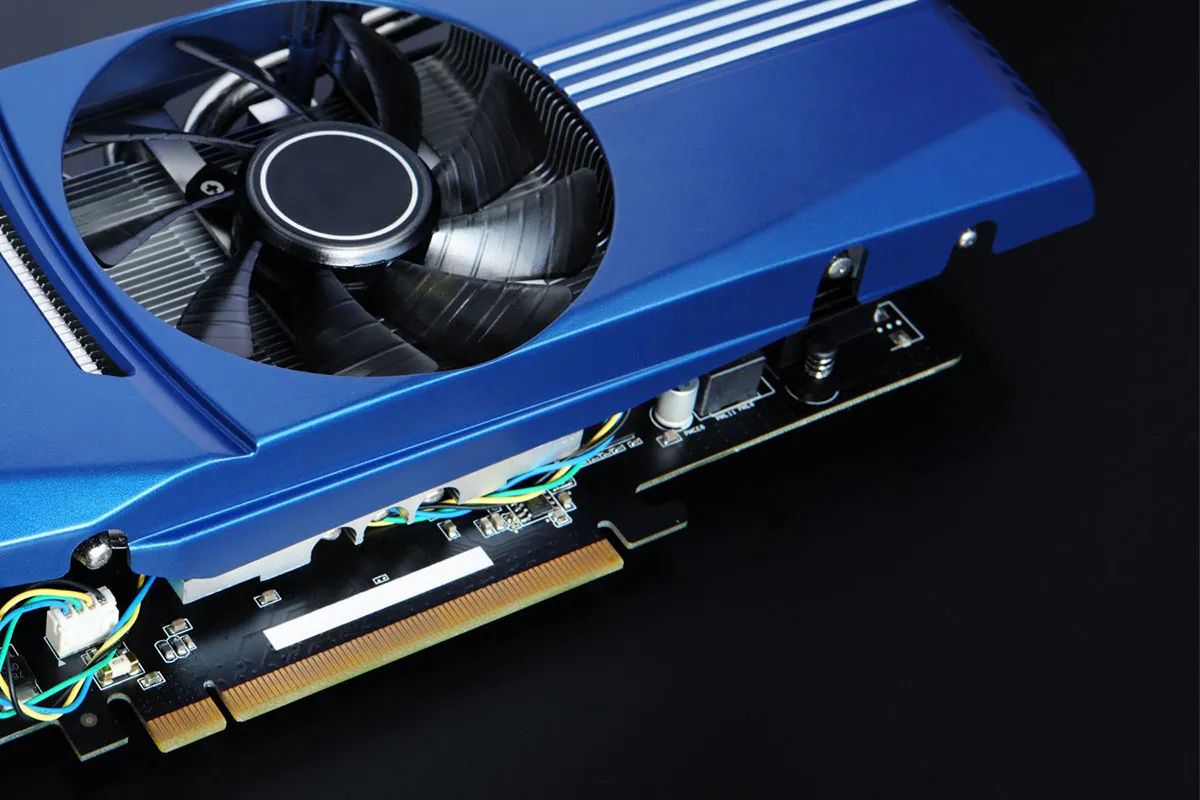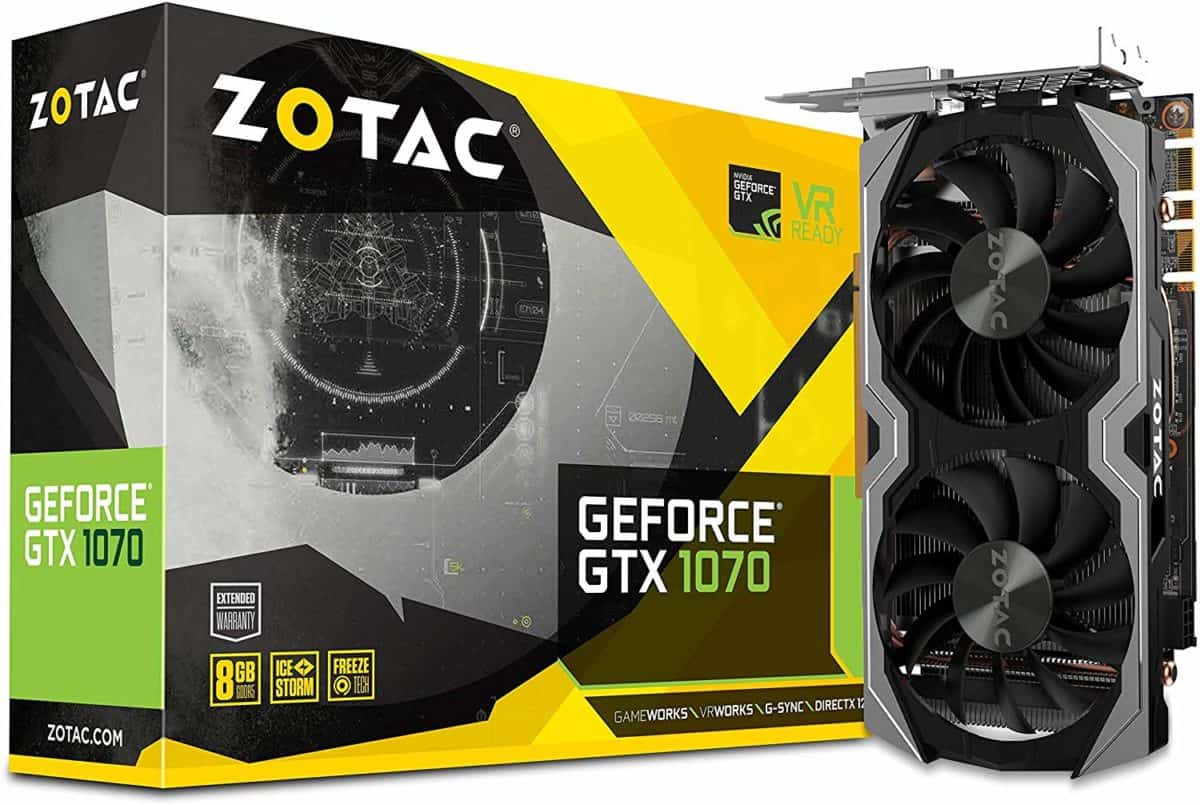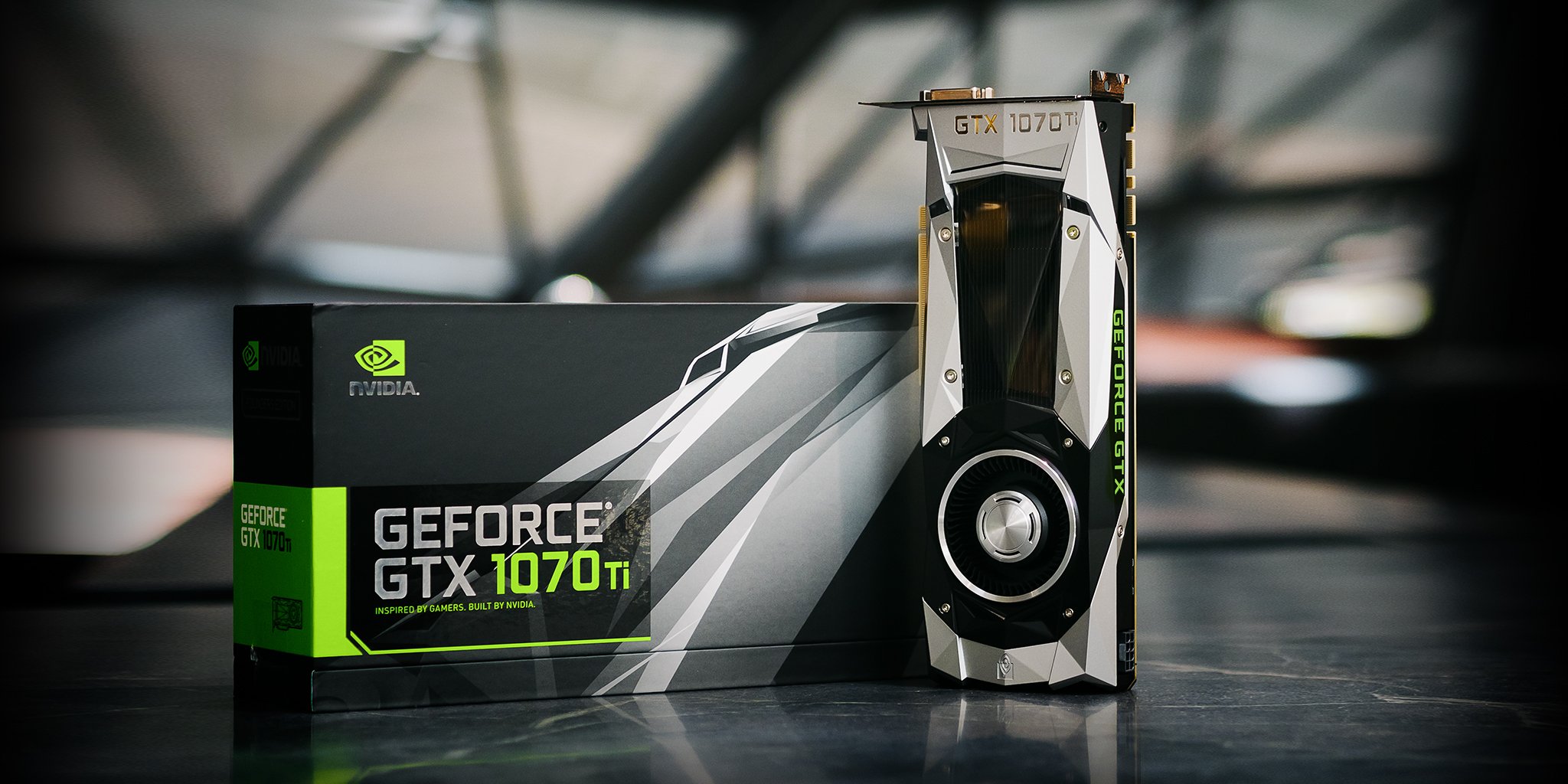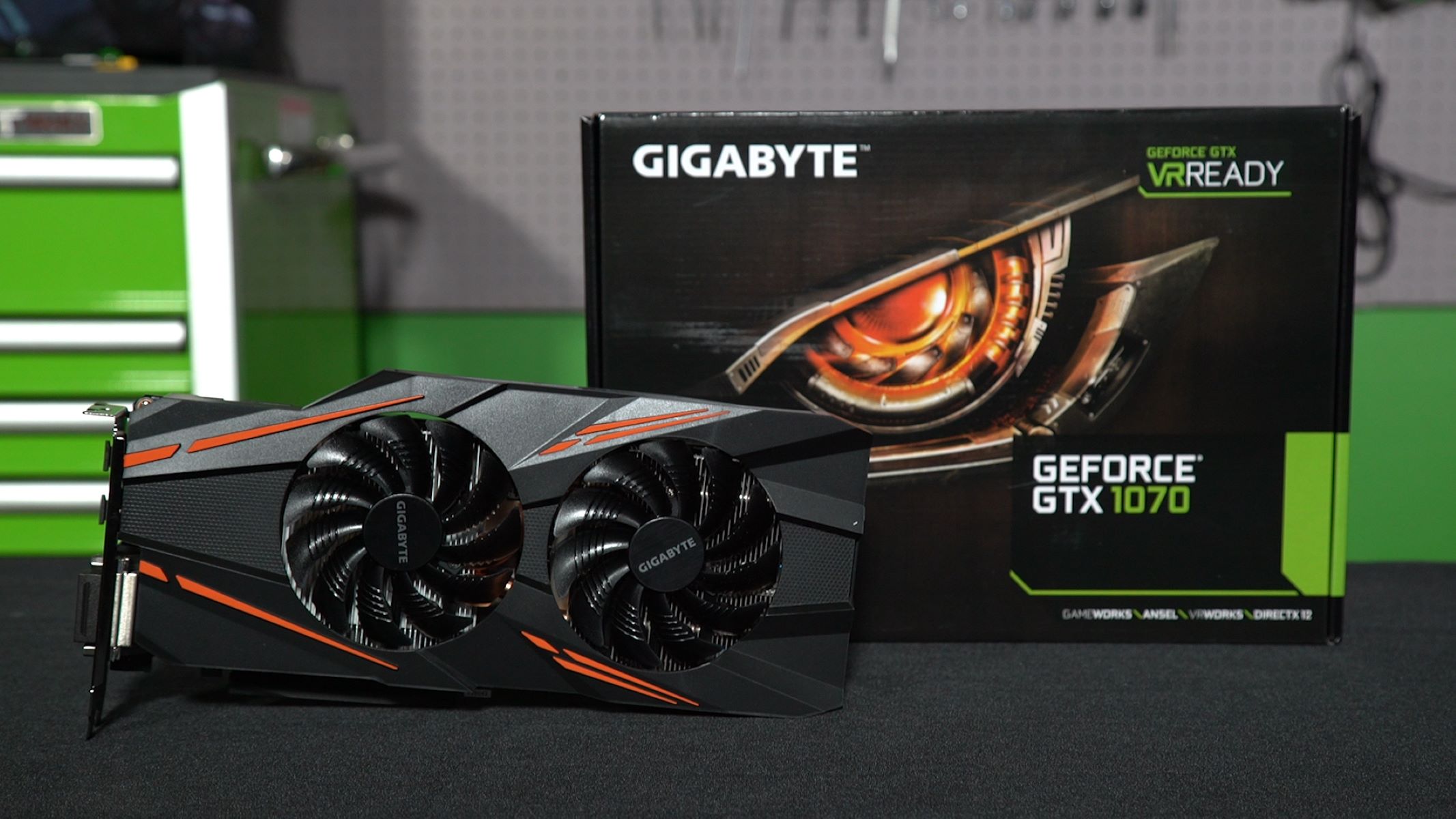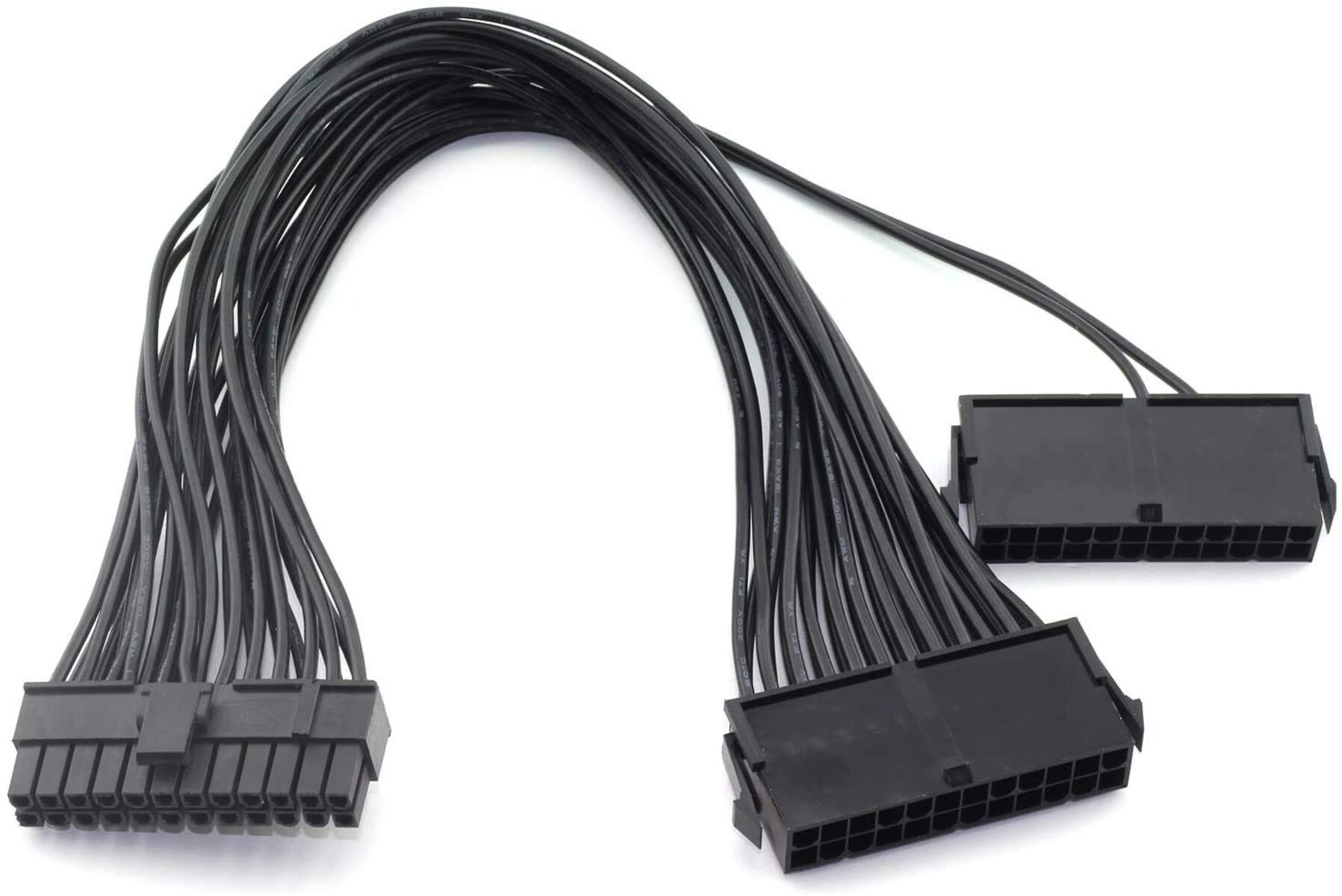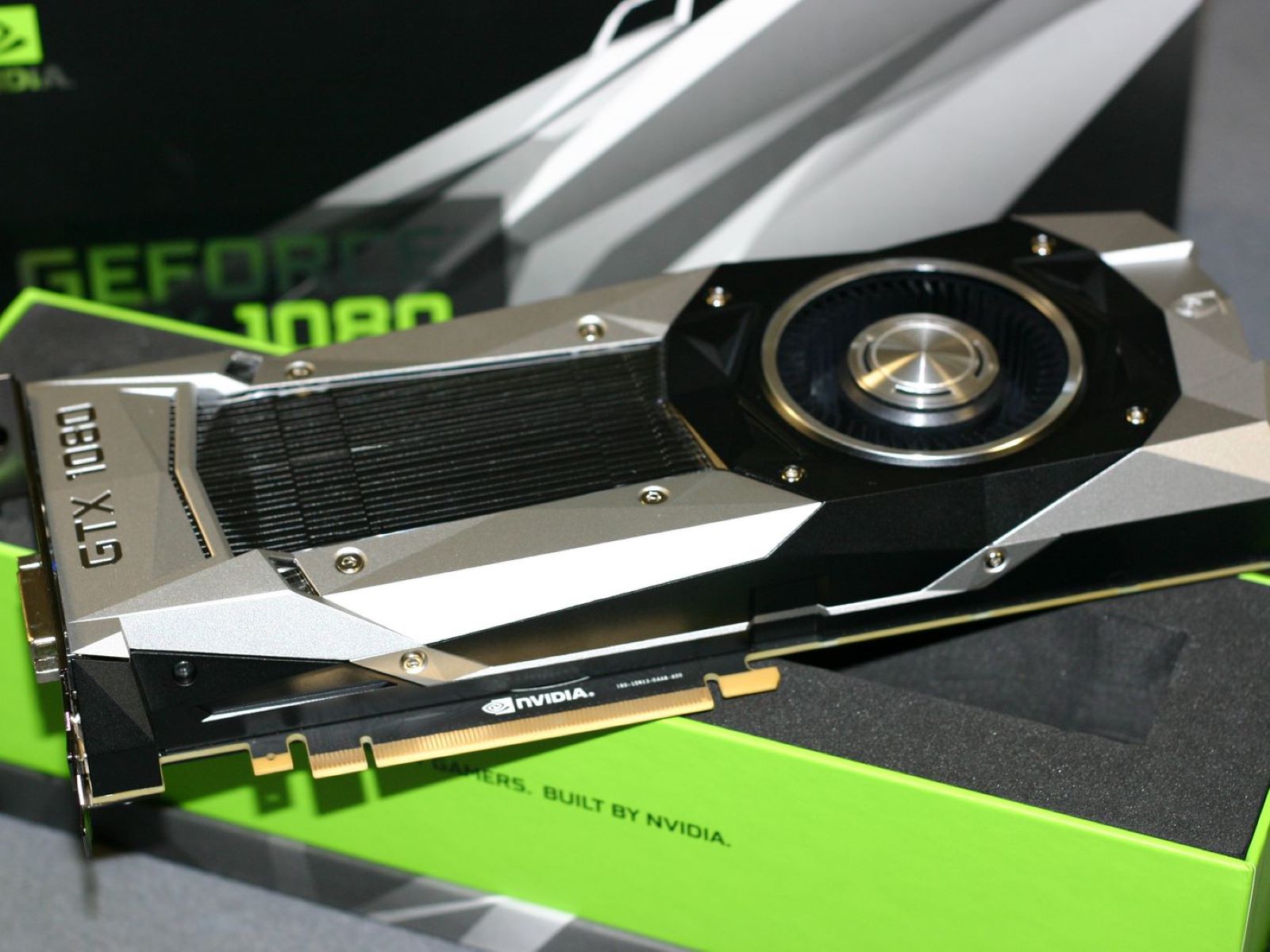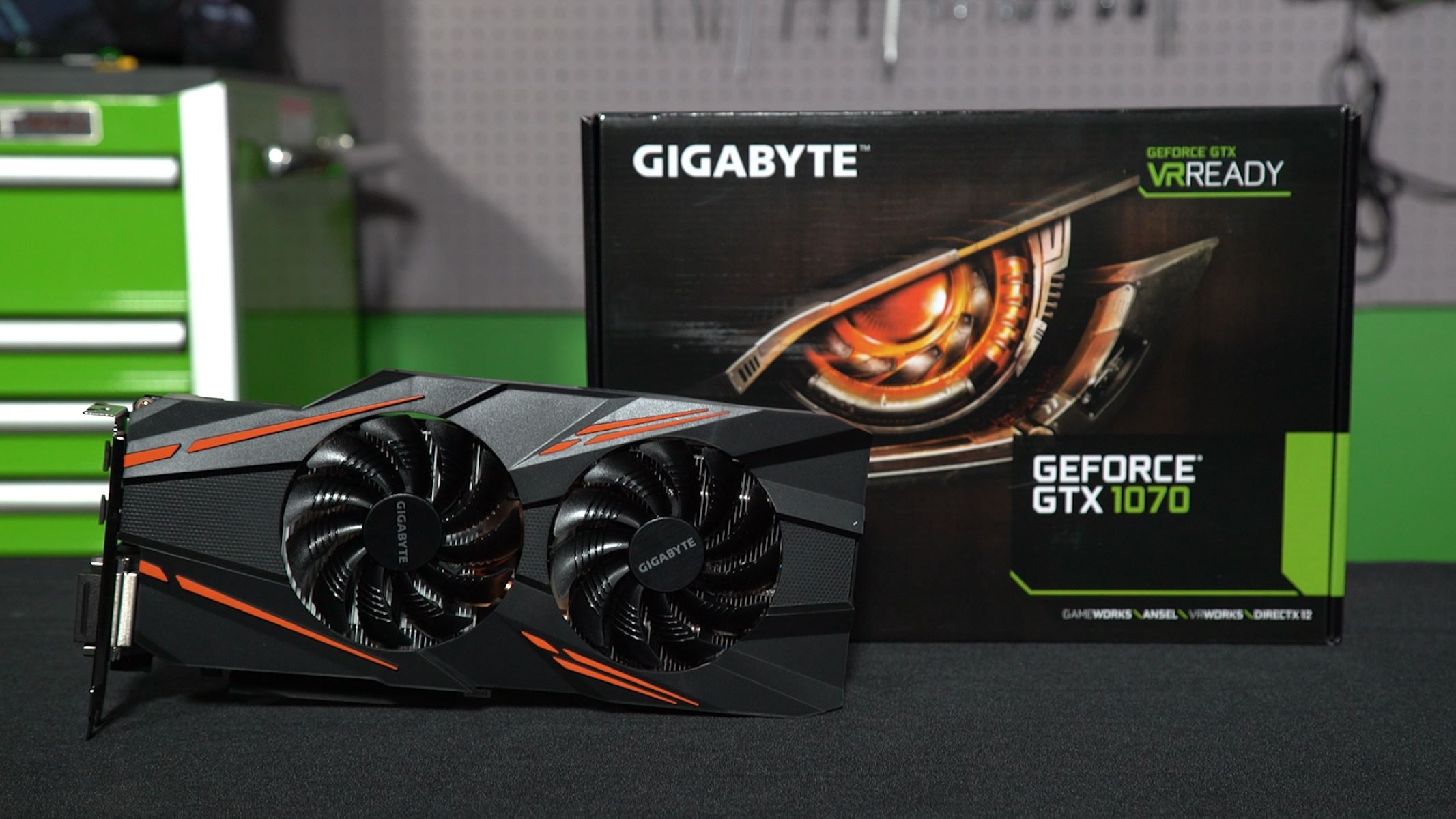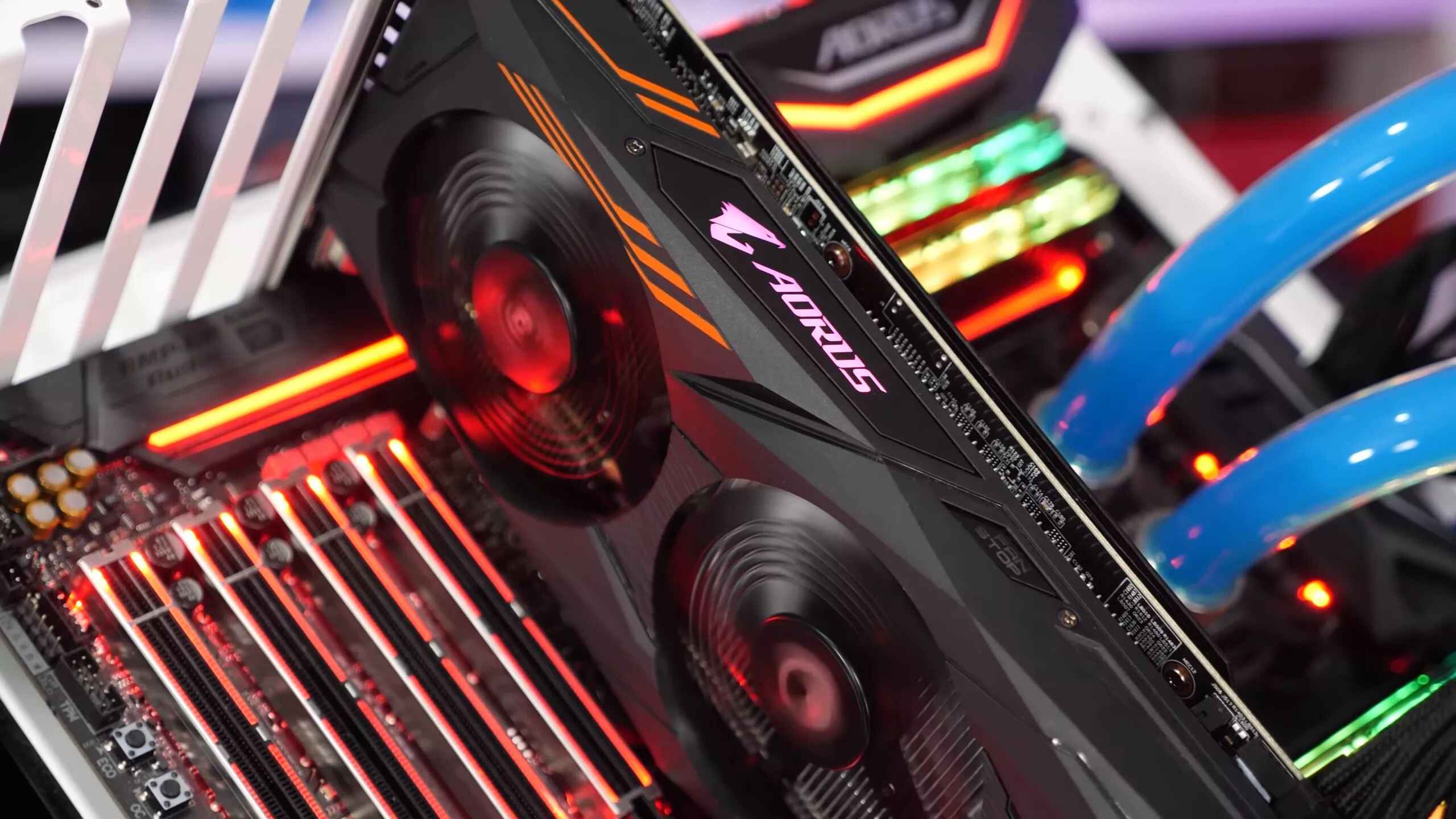Introduction
Welcome to this guide on choosing the right power supply unit (PSU) for your GTX 1070 graphics card. If you’re a gaming enthusiast or a professional in need of high-performance rendering, the GTX 1070 is a popular choice that delivers impressive graphics performance. However, it’s important to ensure that your system has a compatible and capable PSU to provide a stable power supply for the graphics card.
Many people overlook the importance of a good PSU when building or upgrading their PCs, focusing more on the CPU, GPU, and other components. However, the PSU plays a crucial role in ensuring the overall stability and longevity of your system. It provides power to all the components, including the graphics card, and improper power supply can lead to instability, crashes, or even damage to your hardware.
Understanding the specific power requirements of the GTX 1070 is essential for selecting the right PSU. The GTX 1070 typically requires a minimum power supply of 500 watts, but it’s always recommended to go for a higher wattage PSU to leave room for potential upgrades or overclocking in the future.
In this guide, we will discuss the factors to consider when choosing a PSU for your GTX 1070 and provide some recommended power supply units available in the market. Whether you’re building a new PC or upgrading your existing one, this guide will help you make an informed decision and ensure a stable and efficient power supply for your GTX 1070.
Power Supply Unit (PSU) and its Importance
A power supply unit (PSU) is a crucial component of any computer system, including gaming rigs or workstations. It is responsible for supplying the necessary electrical power to all the components of the system, ensuring their proper functioning. While it may not be the most glamorous or exciting component to consider, it is undoubtedly one of the most vital.
The importance of a reliable and efficient PSU cannot be overstated. A good PSU provides a stable and consistent power supply, safeguarding your hardware from power fluctuations and potential damage. It acts as the backbone of your system, delivering power to components like the CPU, GPU, motherboard, and storage devices.
When it comes to a high-powered graphics card like the GTX 1070, the importance of a quality PSU becomes even more pronounced. The GTX 1070 is a power-hungry card that requires a sufficient and stable power supply to deliver optimal performance. Insufficient power or fluctuations can result in reduced performance, crashes, or even system shutdowns.
Not only does a good PSU ensure the reliable operation of your system, but it also plays a role in its longevity. By providing clean and stable power, it reduces the risk of hardware failures or damage due to power-related issues. Investing in a reliable PSU can save you from costly repairs or the need to replace damaged components.
Furthermore, a high-quality PSU is typically more energy-efficient, contributing to lower energy bills and reduced environmental impact. Modern PSUs often come with 80 Plus certification, indicating their energy efficiency level. Investing in an energy-efficient PSU not only benefits your wallet but also promotes sustainability.
Overall, the importance of a quality PSU cannot be stressed enough. It is the foundation of a stable and reliable computer system, providing the necessary power to all components, including the demanding GTX 1070. Choosing the right PSU will ensure optimal performance, longevity, and energy efficiency for your system.
Understanding the GTX 1070
The GeForce GTX 1070 is a graphics card developed by NVIDIA, known for its exceptional performance and affordability. Released in 2016, it quickly gained popularity among gamers and professionals alike for its ability to handle demanding applications and provide stunning visuals.
The GTX 1070 is based on the Pascal architecture, which introduced significant improvements in terms of power efficiency and performance compared to its predecessors. It boasts an impressive core clock speed of around 1500 MHz (in its base configuration) and can be boosted to higher frequencies with GPU Boost technology.
One of the standout features of the GTX 1070 is its 8GB of GDDR5 memory, which provides ample capacity for handling high-resolution textures and complex graphics. This makes it an excellent choice for gaming at 1080p or even 1440p resolutions, exceeding the capabilities of previous-generation graphics cards.
Another notable attribute of the GTX 1070 is its support for NVIDIA’s advanced technologies, including VR (virtual reality) and multi-display setups. With VR becoming increasingly popular, the GTX 1070’s processing power ensures smooth and immersive VR experiences. Additionally, the card supports multiple monitors, allowing for enhanced productivity and versatility.
In terms of performance, the GTX 1070 delivers impressive results across various gaming titles and professional applications. It can handle graphically demanding games at high settings with ease, providing smooth and fluid gameplay. For professionals who rely on GPU-intensive tasks like video editing or 3D rendering, the GTX 1070’s performance is a great asset.
It’s worth mentioning that the GTX 1070 also offers overclocking capabilities, allowing users to extract even more performance from the card. This can be done through third-party software and BIOS modifications, but it’s important to have a compatible and capable PSU to support the increased power requirements.
Overall, the GTX 1070 is a powerhouse graphics card that offers exceptional performance and value for its price. Whether you’re a gamer looking for excellent gaming experiences or a professional needing high-performance graphics, the GTX 1070 is a reliable choice.
Factors to Consider When Choosing a PSU for GTX 1070
When selecting a power supply unit (PSU) for your GTX 1070 graphics card, there are several important factors to consider. Choosing the right PSU will ensure optimal performance, stability, and longevity for your system. Here are some key factors to keep in mind:
- Wattage: The first and most crucial factor to consider is the wattage of the PSU. The GTX 1070 typically requires a minimum power supply of 500 watts. However, it’s recommended to go for a higher wattage PSU to provide additional headroom for potential upgrades or overclocking. A PSU with a wattage of 600-700 watts is usually sufficient for most GTX 1070 setups.
- Efficiency: Look for a PSU with high efficiency ratings, preferably 80 Plus certification. An efficient PSU will not only save energy but also generate less heat, resulting in quieter operation and increased component lifespan.
- Modularity: Consider whether you want a modular, semi-modular, or non-modular PSU. A modular PSU allows you to connect only the necessary cables, resulting in a cleaner and more organized build. This can make cable management easier and improve airflow within the system.
- Connectors: Ensure that the PSU has the necessary connectors to power your GTX 1070. The card typically requires one or two 8-pin PCIe power connectors. Check the specifications of both the PSU and the graphics card to ensure compatibility.
- Brand and Quality: Opt for reputable PSU brands known for their reliability and quality, such as EVGA, Corsair, Seasonic, or Thermaltake. Investing in a trusted brand will give you peace of mind and minimize the chances of hardware failures or compatibility issues.
- Amperage on the +12V Rail: The +12V rail is responsible for providing power to the GPU and other components. Ensure that the PSU has sufficient amperage on the +12V rail to support the power requirements of the GTX 1070.
- Noise Level: Consider the noise level of the PSU, especially if you prefer a quieter system. Look for PSUs with quieter fan designs or fanless options if noise is a concern for you.
- Price: Set a budget for your PSU and choose one that fits within your price range. While it’s important to invest in a quality PSU, it doesn’t mean you have to break the bank. There are excellent options available at various price points.
By considering these factors when selecting a PSU for your GTX 1070, you can ensure that your system receives a stable and reliable power supply, maximizing the potential of your graphics card while safeguarding your hardware investment.
Recommended Power Supply Units for GTX 1070
Choosing the right power supply unit (PSU) is crucial for the proper functioning and longevity of your GTX 1070 graphics card. To help you make an informed decision, here are some highly recommended PSUs that are known for their compatibility and reliability:
- EVGA Supernova 650 G+: The EVGA Supernova 650 G+ is a modular PSU with a wattage of 650W, making it an ideal choice for GTX 1070 setups. It features 80 Plus Gold certification for high efficiency and comes with all the necessary connectors, including multiple PCIe power connectors.
- Corsair RM650x: The Corsair RM650x is another excellent choice, delivering 650W of power with 80 Plus Gold certification. It boasts fully modular cables for easy cable management and comes with a quiet fan for efficient cooling and noise reduction.
- Seasonic Focus GX-650: Seasonic is a renowned PSU brand, and the Focus GX-650 is a reliable option for GTX 1070 systems. With a wattage of 650W and 80 Plus Gold certification, it offers stable power delivery and high efficiency. The fully modular design ensures a clutter-free build.
- Thermaltake Toughpower Grand RGB 650W: If you’re looking for a PSU with RGB lighting to add some flair to your system, the Thermaltake Toughpower Grand RGB 650W is a great choice. It offers 80 Plus Gold efficiency, modular cables, and a quiet fan. The RGB lighting can be synchronized with other compatible devices, enhancing the overall aesthetics of your build.
- Cooler Master MWE Gold 650: With 650W of power and 80 Plus Gold certification, the Cooler Master MWE Gold 650 is a reliable and affordable PSU suitable for GTX 1070 systems. It features a semi-modular design, ensuring a clean and organized build, and a silent fan for efficient cooling.
These are just a few recommended PSU options for your GTX 1070. When choosing a PSU, consider factors such as wattage, efficiency, modularity, brand reputation, and price to find the best fit for your specific needs and budget. It’s always advisable to consult your system’s power requirements and verify compatibility with the graphics card and other components before making a purchase.
Conclusion
Choosing the right power supply unit (PSU) for your GTX 1070 graphics card is essential for ensuring stable and efficient performance. A compatible and capable PSU provides the necessary power to your system, safeguarding it from potential damage and maximizing the potential of your GTX 1070.
Throughout this guide, we have highlighted the importance of considering various factors when selecting a PSU, such as wattage, efficiency, modularity, brand reputation, and price. By taking these factors into account, you can make an educated decision that meets your system’s power requirements and your specific needs.
Remember that a PSU with a wattage of at least 500 watts is typically recommended for the GTX 1070, but opting for a higher wattage PSU can provide future-proofing and accommodate potential upgrades or overclocking. Additionally, efficiency ratings, such as 80 Plus certification, contribute to energy savings and a reduced environmental impact.
Reputable brands like EVGA, Corsair, Seasonic, Thermaltake, and Cooler Master offer a range of high-quality PSUs suitable for the GTX 1070. Consider factors like modularity, noise levels, and connector compatibility to ensure a clean and organized build that aligns with your preferences.
By choosing a reliable and efficient PSU for your GTX 1070, you can enjoy the full potential of this powerful graphics card while ensuring a stable and long-lasting system. Remember to assess your power requirements, research thoroughly, and consult professional resources if needed.
So, take the time to make an informed decision and invest in a quality PSU that will provide the necessary power and support for your GTX 1070, enhancing your gaming experiences and professional workloads for years to come.







